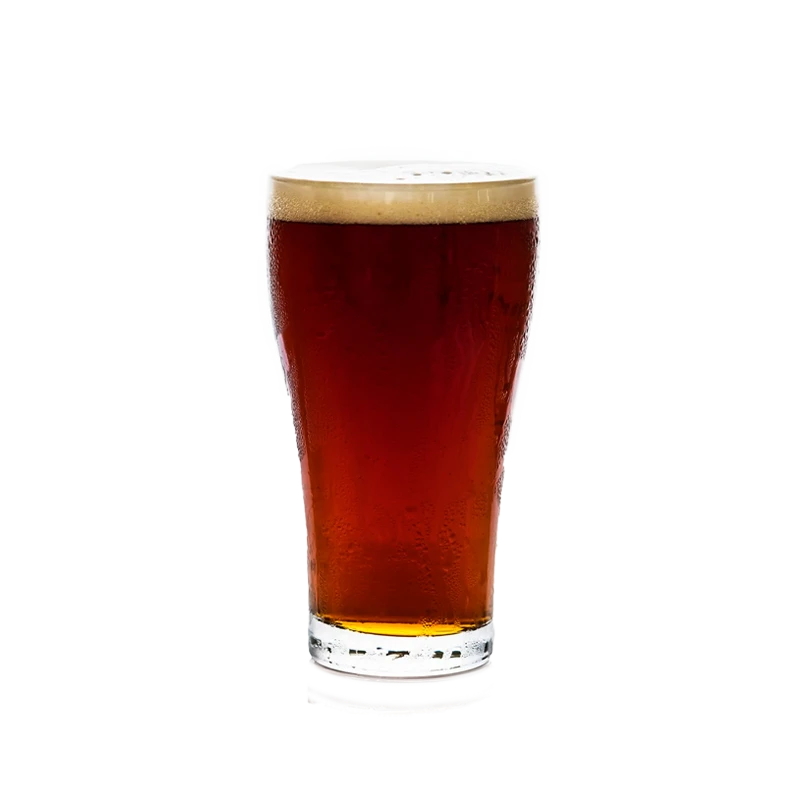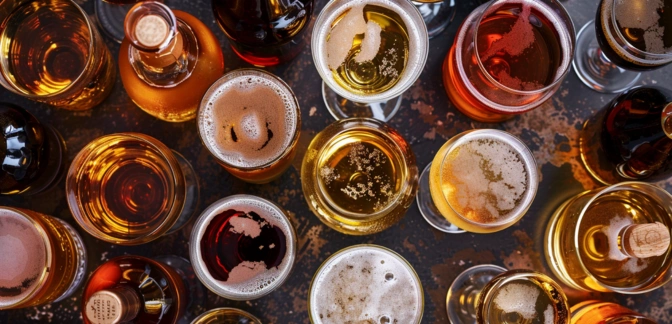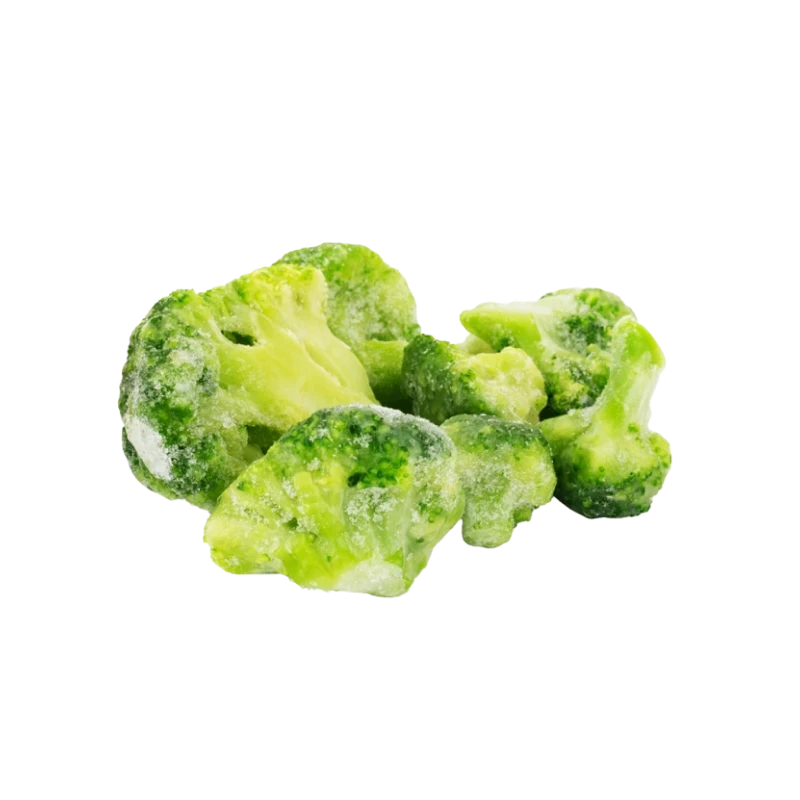Ale Beer — Nutrients, Health Benefits, and Shopping Tips

Written by Listonic Team
Last update on September 4, 2024
Nutrients
Nutrition facts
Amount per 100 g
Calories
🔥 43 kcal
| Nutrients per: 100 g | Value | % Daily Value* |
|---|---|---|
| Carbs | 4 g | 1.45% |
| Fiber | 0 g | - |
| Sugars | 0 g | - |
| Glycemic Index | 89 | - |
| Protein | 0 g | - |
| Sodium | 4 mg | 0.17% |
| Total Fat | 0 | - |
*The % of Daily Value (DV) tells you how much a nutrient in a serving of food contributes to a daily diet. 2,000 calories a day is used for general nutrition advice.
4 g
⬇️ Low Carb Content
Key takeaways
Health risks
- Increased risk of addiction due to the alcohol content, which can lead to dependency and alcoholism if consumed excessively.
- Potential for liver damage as excessive alcohol consumption can cause liver diseases such as cirrhosis and fatty liver disease.
- Negative impact on mental health with long-term heavy drinking associated with depression, anxiety, and other mental health disorders.
- Increased caloric intake which can contribute to weight gain and obesity, leading to various related health issues.
- Risk of cardiovascular problems including high blood pressure, heart disease, and stroke, especially with heavy or binge drinking.
How to choose ale beer
When selecting ale beer, opt for varieties that are clear and vibrant in color—a rich, consistent hue often indicates a well-crafted brew that has been carefully fermented and aged. The aroma should be fresh and aromatic, without any off odors that suggest spoilage.
Avoid ales that appear cloudy or contain sediment, unless this is characteristic of the style, such as with wheat beers. Ales with a stale taste or flat texture should be avoided, as these qualities can detract from the overall drinking experience.

How to store ale beer
To ensure your ale beer stays fresh, keep it in a cool, dark place away from direct sunlight. Refrigeration is ideal to maintain its flavor and carbonation. A cellar or a dedicated beer fridge works perfectly for long-term storage. Ensure the temperature is consistently between 45-55°F (7-13°C).
Heat and fluctuating temperatures can significantly affect the taste and quality of ale beer. Avoid storing ale beer in clear or brightly lit areas since light exposure can cause skunking, giving the beer an unpleasant aroma. Additionally, leaving it in the freezer can cause the beer to freeze and the bottle to potentially break.
✅ Please keep in mind: There is no safe amount of alcohol
Even moderate alcohol consumption poses significant health risks. The most recent data from the World Health Organization warns that no level of alcohol consumption is safe for our health. Click to learn more.
How long does it last?
Ale beer typically lasts for 6-24 months if unopened and stored in a cool, dark place. The exact duration can vary based on the type and brewing process. Once opened, ale beer should be consumed within 1-2 days to enjoy its optimal flavor and carbonation. To preserve its quality, it is best to keep ale beer in a consistently cool environment and avoid exposure to light and temperature fluctuations.
What to do with leftovers?
Leftover ale beer can be a fantastic ingredient in cooking. Use it to marinate meats like chicken or beef, adding depth of flavor to your dishes. Ale can be added to stews and soups for a rich, robust taste, or used as the liquid base for braising meats. It's also great for making beer bread, where it adds a yeasty, malty flavor to the loaf.
For a savory twist, use ale beer in cheese fondue or beer cheese soup. You can also reduce ale into a glaze for roasted vegetables or meats, or use it in a batter for fish and chips. If you're feeling adventurous, try making a beer-based dessert like chocolate stout cake or beer ice cream. Leftover ale beer can also be used to create a flavorful batter for onion rings or tempura vegetables.
👨⚕️️ Medical disclaimer
Discover products from other categories
Listonic Team
Fact-checked
Our editorial team checked this article to make sure it was accurate at the time of publishing it.
Get the top-rated shopping list app

ale beer
Table of contents







